Fifteen-Minutes-of-Fame Featuring David Bohn with Melodica
Fifteen-Minutes-of-Fame Featuring David Bohn with Melodica
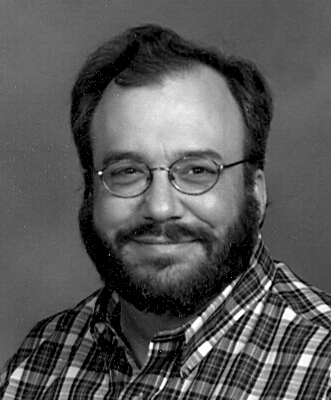
David Bohn was born in Manitowoc, Wisconsin in 1965. He holds degrees in music composition from the University of Wisconsin (B.M. 1987), the University of Wisconsin-Milwaukee (M.M. 1989), and the University of Illinois (D.M.A. 1994). His primary composition teachers were Joel Naumann, Yehuda Yannay, and William Brooks. He has taught theory at the University of Wisconsin-Milwaukee and the University of Illinois, and was for many years organist at the Unitarian-Universalist Church of Urbana-Champaign. He is currently residing in West Allis, Wisconsin, and is an Associate Lecturer in the Music Department at the University of Wisconsin-Parkside. He is active in the Organ Historical Society, and is currently the president of the Wisconsin Alliance for Composers.
Concert Dates
- April 20, 2024 - Livestream with Vox Novus
Fifteen-Minutes-of-Fame Featuring David Bohn with Melodica
-

Homage a Jean Tinguely
James Bohn
Jagged rhythm, Amorphous Melodies, Ephemeral Senses Bizarre Obsequious Harmonic Nests.
Swiss sculptor Jean Tinguely (1925-1991) was known for his Métamatics, kinetic sculptures. These works embraced Dadaism, and reflected the aesthetics of machinery. Over time, he began to design these works so that they would self-destruct. Amongst his works were: Homage to New York (1960) and Stravinsky Fountain (1983).
-
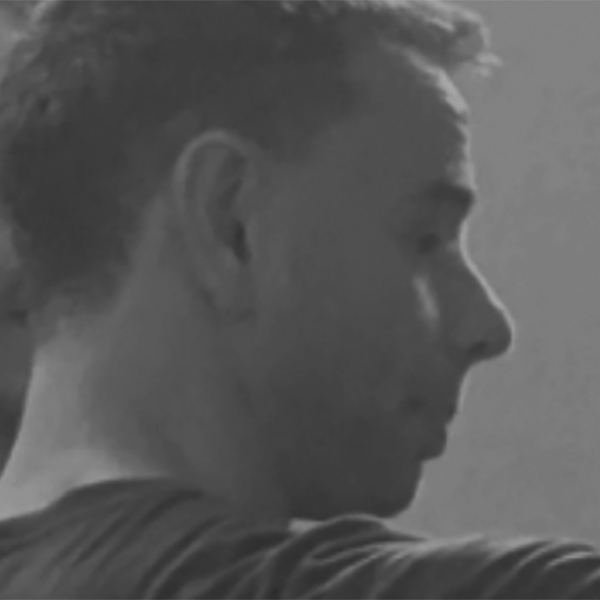
Two birds
Alejandro Bonatto
I was born Argentina. At a young age I started my studies in music, first as a pianist, then as a composer. As a composer I have always intended to mix my South American roots with the European education I received at the music conservatoire, and later at university.
-
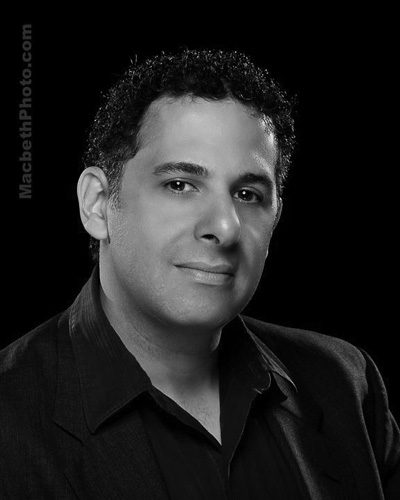
HONEY-GATHERERS OF THE SPIRIT
ERIK BRANCH
ERIK BRANCH is a native of New York City, and received a BA and MA in Music (Composition) from Hunter College. He lives near Orlando, Florida, where he is active as a pianist, musical director, composer/arranger, operatic tenor, and actor on stage and screen.
The agitation and darting about suggested by the music, as well as the melodica's timbre , called to mind images of insects zooming about in search of nectar and other things, and a recollection of the Nietzsche quotation — being by nature winged creatures and honey-gatherers of the spirit.
-
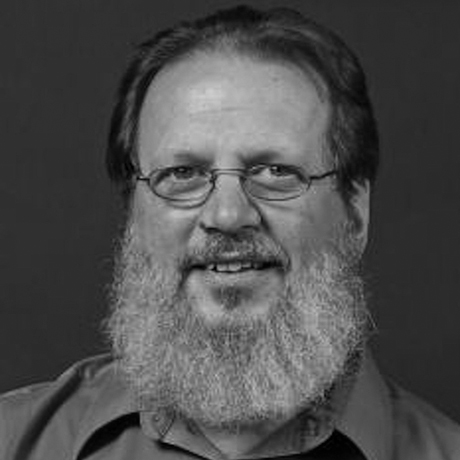
Little Fugue for D.B.
Jim Dalton
Jim Dalton is a composer, performer and professor of music theory at Boston Conservatory at Berklee. He has interests in tuning systems and microtones as well as in historical, ethnic, and unusual instruments.
I enjoy the challenge of limitations (often self- imposed) in my composing. Under one minute? No problem! For melodica? No problem! A fugue that can be played with one hand? Um...I’m glad it’s under a minute long...
-
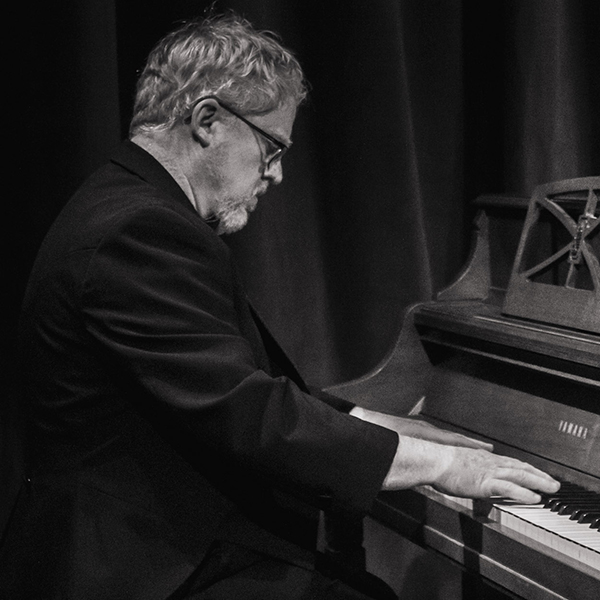
Fixin' in Mixolydian
Clifton Davis
Dr. Davis graduated magna cum laude from Ball State University in 2016, receiving a Doctor of Arts in Music degree. His doctoral dissertation covers original research about the best practices in group creativity in the choral setting. As a conductor, vocalist, and instrumentalist, he has performed worldwide.
Centered in the mixolydian mode often used by blues guitarists, this short selection uses all 12 pitches of the chromatic scale for interest and color. The rhythms and syncopations hint at jazz while accessible to pop idioms.
-
"

Hops and Quivers
Paul Dice
Paul Dice studied composition at the Boston Conservatory and with Lou Harrison in California and Florida. His commissions and awards have come from around the world. Inspired by nature and the music of world cultures Dice's music has been performed throughout China, Russia, Europe, Australia, and the U.S.
Movements in nature have always inspired my music. The idea for this piece came about as I observed grasshoppers and butterflies scampering ahead of me to get out of my way as I took a brisk walk in the woods.
-
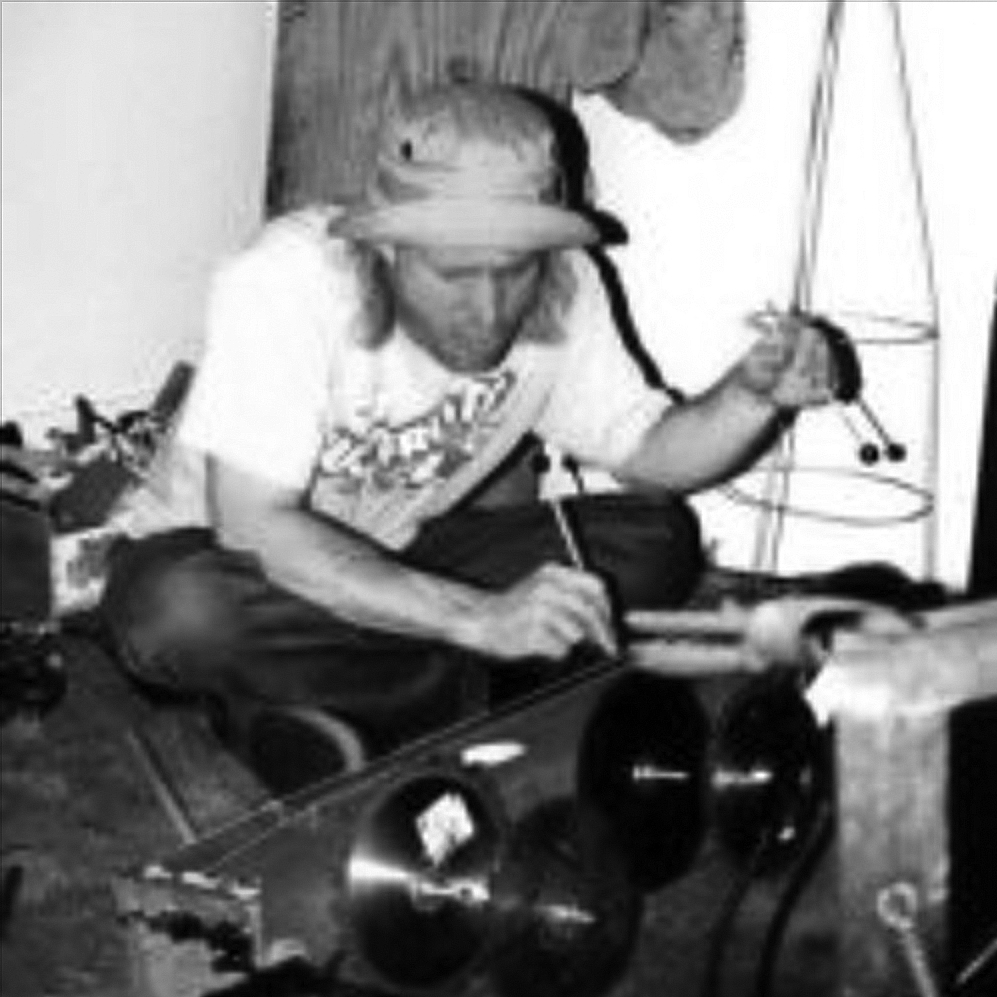
The Serpent Was A Curtain-Twitcher Blooze
P.R. Martin
P.R.Martin is a composer/multi-instrumentalist living in Oregon.
-
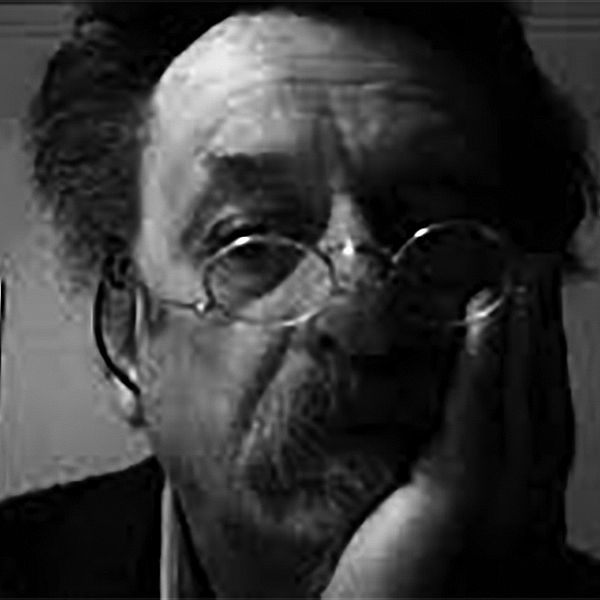
Dream
Luis Mihovilcevic
Mihovilcevic, Luis Argentina. Studies: Jacobo Ficher Harmony and Salvador Ranieri composition. Received classes from Milko Kelemen Luigi Nono Mauricio Kagel Awards: 1st. Musical Youth Award (1986). 1st. Award National Composers Tribune (1989), Honorable Mention from the City of Buenos Aires (1994), 1st.CNMAS (2017) Mexico. SN - Germany, (2017) SADAIC (2023)
New serial modal.
-

moonguide
alex mist
alex mist is a composer, songwriter, and multi-instrumentalist based in Colorado. They have passion for many disparate musical styles, and have been writing/playing for eight years now. Having completed their undergrad in composition with a handful of songs and pieces written, they’re currently focusing on their next career steps.
For this piece, I really wanted to focus on the intentionality of breath and the timing of when different reeds naturally play out when already pressed. Each phrase is divided largely into a single breath or “tide” that flows in and out, which is also where the name came from.
-
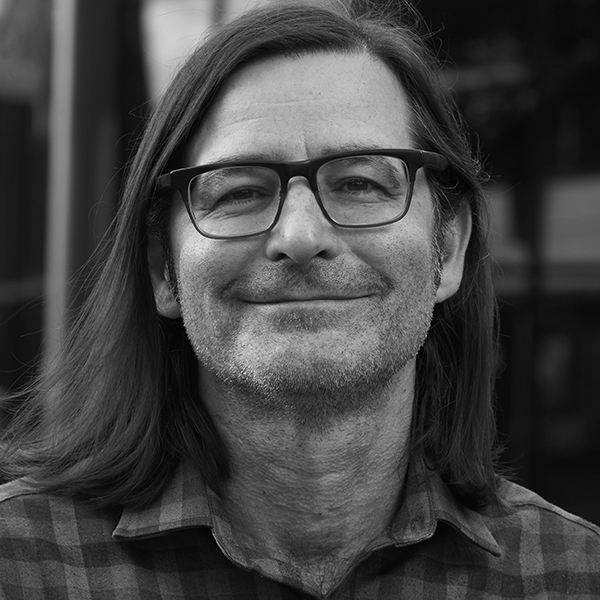
Piece for Melodica
Edward Ruchalski
Ruchalski has composed for the Bang on a Can All-Stars, Helen Boatwright, Detroit Chamber Winds and Strings, Stephen Porter and the Society for New Music. His compositions have been performed at Kennedy Center, Lincoln Center, Mass MOCA, Miller Theatre, Yale University, the Festival of Miami, Harvard University, and Symphony Space.
Piece for Melodica was composed in January 2024 and is dedicated to David Bohn.
-

Mitochondria
Amanda S.
Amanda is an Indianapolis composer. She is inspired by the world around her in her compositions. She is currently a Master of Music Composition student at Butler University. She has studied with Michael Schelle, Frank Felice, and Caroline Ahn.
Mitochondria are organelles inside that produce energy to power the cells. They are necessary for our survival. This piece has small cells of energy throughout that keep moving the piece forward, like mitochondria.It is a reflection on how small, unseen things can be highly important in the larger picture.
-
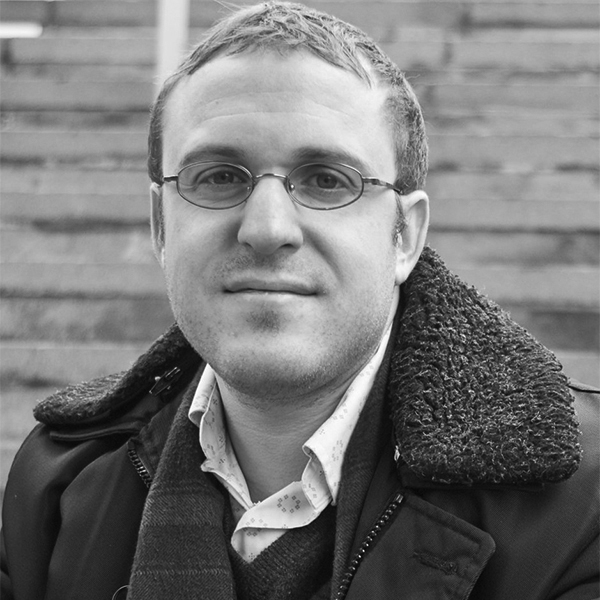
passive // ACTIVE
Josh Schmidt
Josh Schmidt is a composer/sound designer/musician/educator living in Milwaukee. He has composed and designed sound for theatrical and dance productions all over the globe.- Film credits include the upcoming release of THE END (Final Cut for Real/Neon).
-
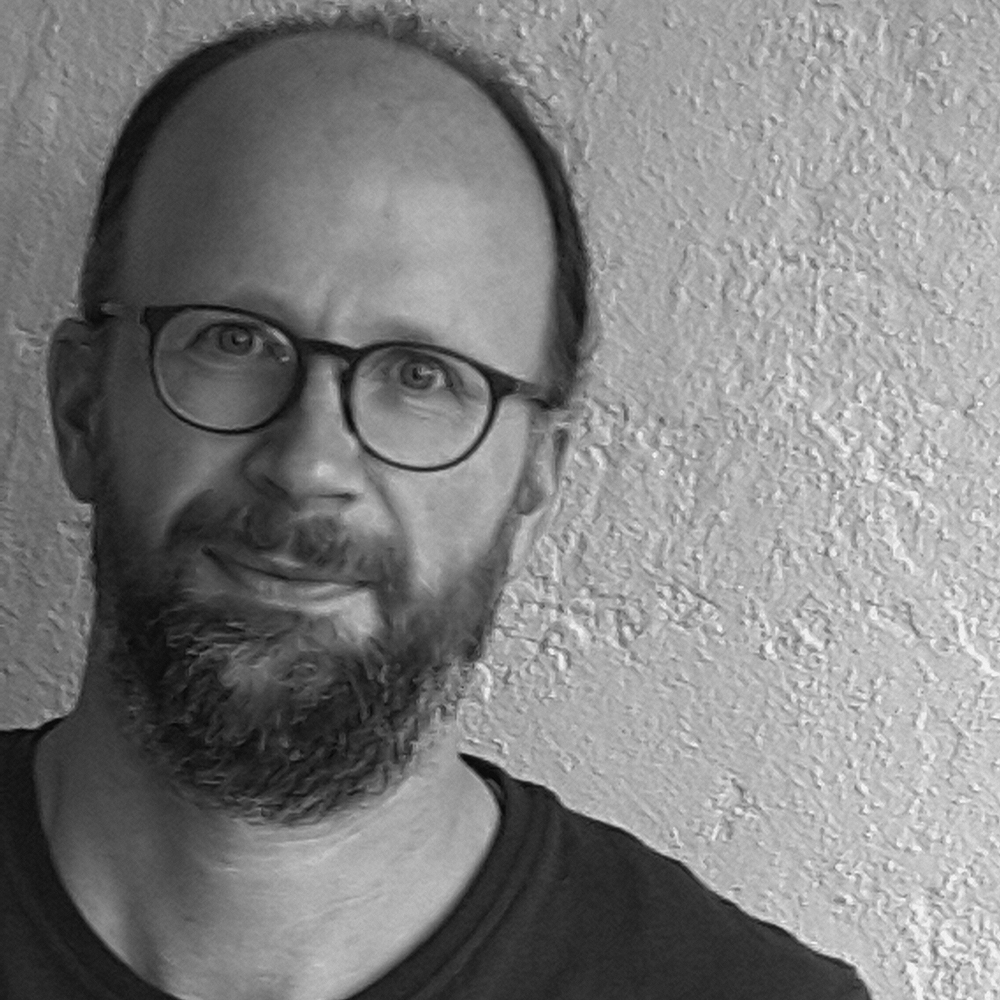
The Waste Land
Volker Ignaz Schmidt
Volker Ignaz Schmidt (born 1971 in Germany) studied computer science although his passion is music. He has composed solo works, chamber music, vocal pieces, orchestral music, one opera, conceptual and electronic music. He has written piano textbooks and he worked in school projects on contemporary music.
... I could not Speak, and my eyes failed, I was neither Living nor dead, and I know nothing, Looking into the heart of light, the silence. Öd’ und leer das Meer. (T.S. Eliot “The Waste Land”)
-
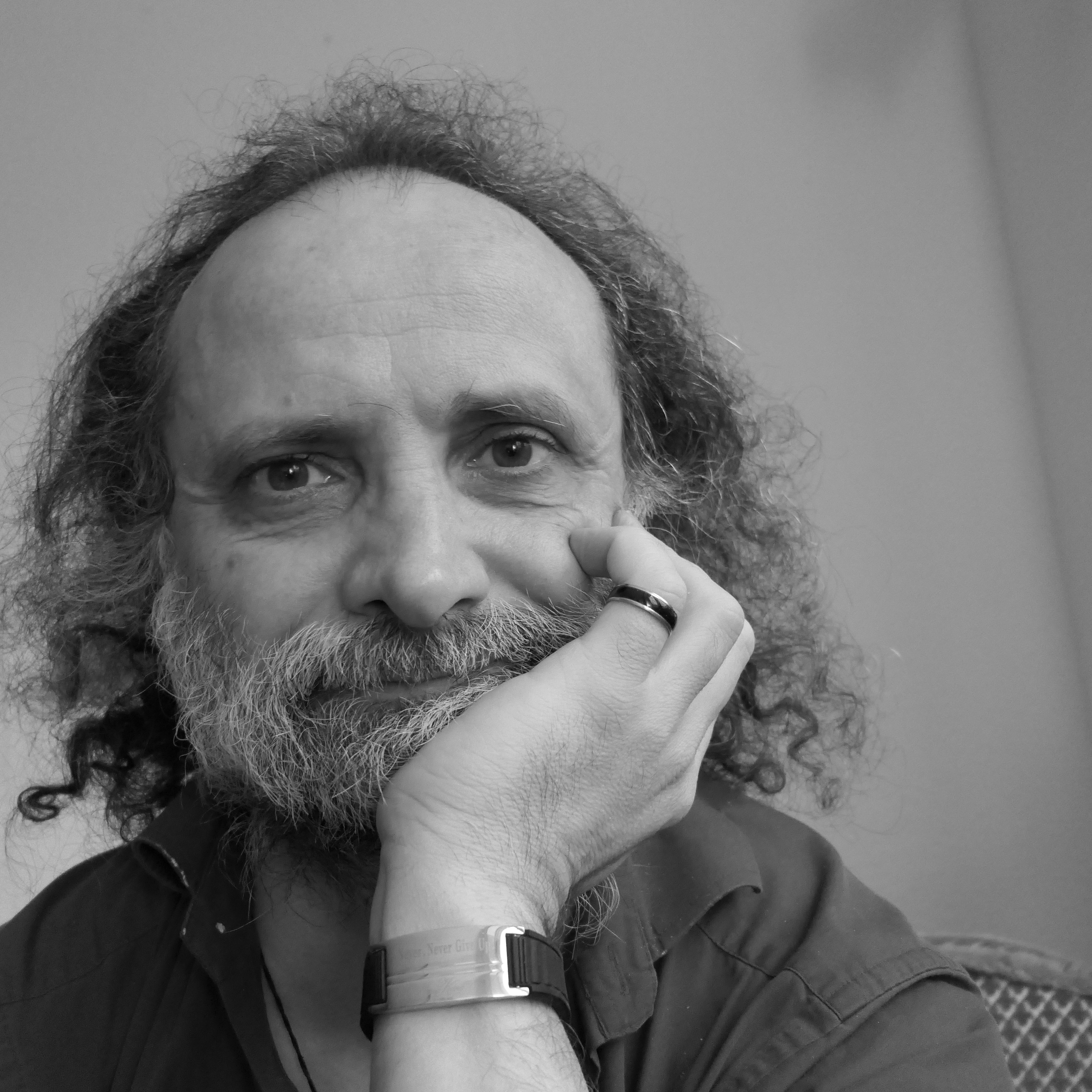
Meanders of Time
Juan María Solare
Juan María Solare, born 1966 in Argentina, works in Germany as composer, pianist, and teaching at the University of Bremen. His music has been performed in five continents and received over 25 million streams in Spotify. Over 30 CDs of different performers include music by him. http://www.JuanMariaSolare.com
A river forms meanders (pronounced sinuous curves) when it is not clear which path it should follow in an almost flat terrain. This composition is entitled Meanders of Time due to its fragmentary nature: 25 melodic shreds grouped with strict logic, but difficult to perceive on a first listen.
-
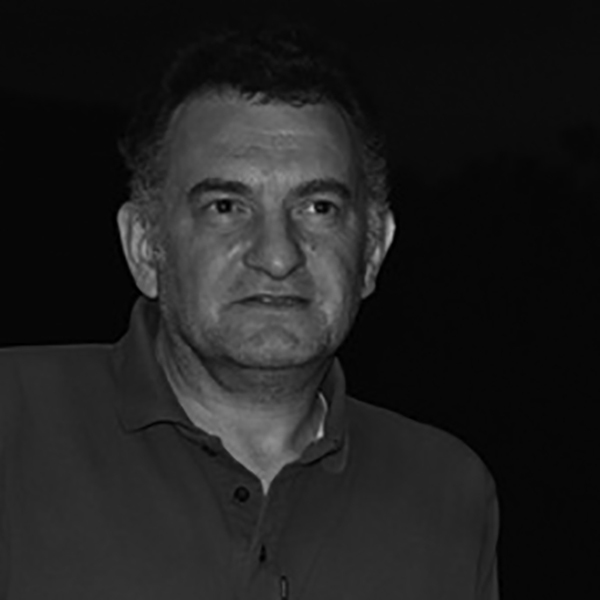
Sfizio n. 2
Pierluigi Tanzi
Pierluigi Tanzi è nato a Parma, ha conseguito il Diploma di Studi di Alto Perfezionamento presso l'Accademia Nazionale di Santa Cecilia di Roma. Le sue opere sono state selezionate, eseguite e premiate in concorsi, rassegne e festival di musica contemporanea. È docente presso il Conservatorio di Musica “L.Refice” Frosinone
Sfizio is synonymous with desire, whim. The essential writing, without signs of dynamics, with simple melodic gestures, now superimposed in search of a mini polyphony, now dissolved in arpeggiated structures, constitute the framework of this page for Melodica.